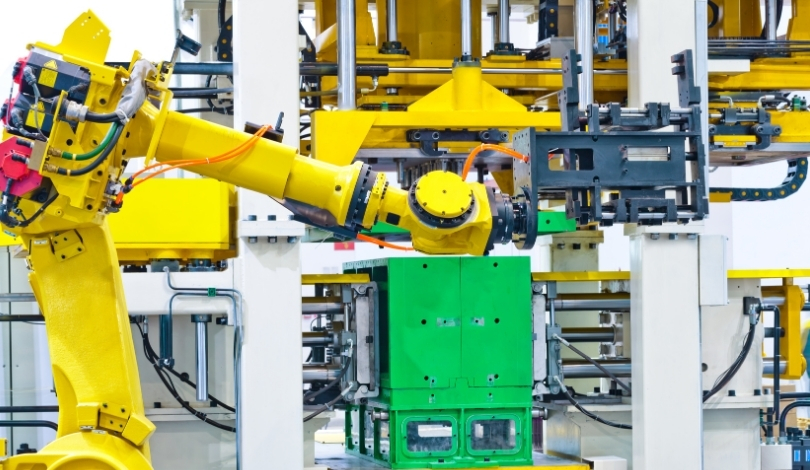The Journal of Field Robotics has published a new article titled “Optimising robotic operation speed with edge computing via 5G network: Insights from selective harvesting robots.” This article delves into the critical role that autonomous robots will play in the future of farming, particularly in selective harvesting. The discussion highlights the impact of inflation and skilled labor shortages on the acceptance of robotic harvesting technologies. While multiple robotic systems for strawberry harvesting have been developed, none have yet matched human costs. The article argues for the integration of 5G technology to enhance the efficiency and cost-effectiveness of these robotic systems.
Key Technological Challenges
Robotic strawberry harvesting necessitates real-time high-precision fruit localization, 3D mapping, and path planning for manipulating 3D clusters. Despite advancements by both industry and academia, achieving human-cost parity remains elusive. Increasing the speed of picking, improving accuracy, and reducing the cost of robotic systems are identified as crucial areas for development.
The proposed E5SH system integrates high bandwidth and low latency 5G mobile networks into crop-harvesting robotic platforms. This system is anticipated to be an enabler for the future of robotic harvesting. Key considerations include processing scale and speed, along with environmental and energy costs associated with the system.
Experimental Findings
The article presents a detailed system architecture supported by quantitative results from various experiments. These experiments examined the system’s performance using different architecture choices, such as image segmentation models and network infrastructure (5G vs. Wireless Fidelity). The study also evaluated messaging protocols, including Message Queuing Telemetry Transport and Transport Control Protocol Robot Operating System.
Results demonstrated that the E5SH system achieved a peak processing performance speedup of over 18-fold compared to a standalone embedded computing Nvidia Jetson Xavier NX system. This significant improvement underscores the potential of integrating 5G technology into robotic harvesting systems to enhance efficiency and reduce costs.
In earlier discussions on robotic harvesting, the focus was primarily on improving hardware capabilities and individual robot efficiency. Previous articles highlighted the limitations of existing robotic systems in terms of speed and accuracy. Moreover, earlier studies did not emphasize the role of advanced network technologies like 5G in addressing these challenges.
Comparative findings indicate that while prior research explored various robotic models, they lacked the integrated approach seen in the E5SH system. The current study’s emphasis on combining high-speed network infrastructure with robotic platforms represents a significant shift in strategy, aiming for a more holistic solution to the challenges of robotic harvesting.
System architecture considerations, such as processing speed and cost-effectiveness, are vital for the large-scale application of robotic harvesting. The integration of 5G technology offers a promising pathway to achieve these objectives. Enhanced processing capabilities and low latency provided by 5G can significantly improve the performance of autonomous harvesting robots. Furthermore, evaluating environmental and energy costs ensures that the proposed solutions are sustainable and practical for real-world applications.
The potential for increased speed and accuracy through the E5SH system could revolutionize the agricultural industry. By addressing both technical and economic challenges, this integrated approach offers a comprehensive solution for the future of autonomous harvesting. Readers interested in the technological advancements in agriculture will find valuable insights into the impact of 5G and edge computing on robotic systems.










